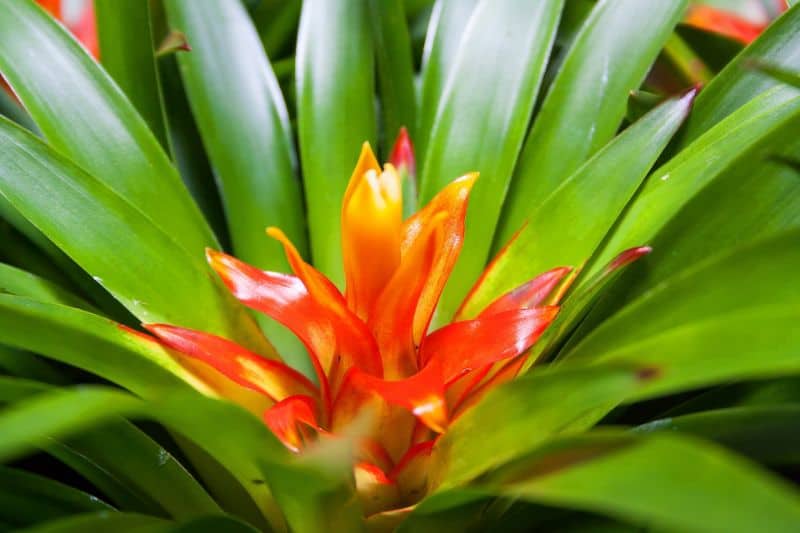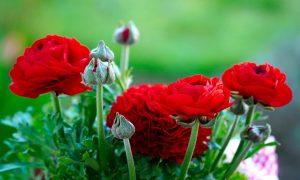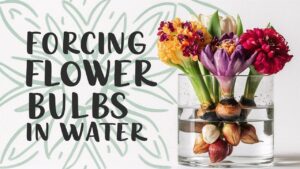Adding greenery to a space can instantly make it look more inviting and homely. But some of us don’t have the luck of having a garden to enjoy some outdoor plants. Fortunately, there are many types of plants that can be grown indoors, even in places that get a lot of sunlight. In this blog post, we’ll be exploring some of the best indoor flowering plants to grow in full sun. Keep reading to discover your new favorite indoor plants that will bring life and color to your home.
Indoor Flowering Plants Full Sun
Bird of Paradise (Strelitzia reginae)
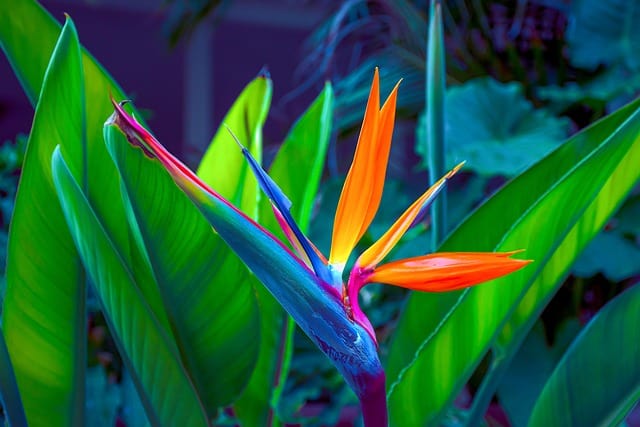
The bird of paradise is a stunning and exotic plant that can add a tropical touch to your home. It is an evergreen perennial and produces large, showy flowers with orange and blue petals. Bird of Paradise will do best in full sun but can also tolerate partial shade. Water deeply and allow the soil to dry out completely before watering again.
Hibiscus (Hibiscus rosa-sinensis)

Hibiscus is a popular flowering houseplant that enjoys full sun. Its large, showy flowers come in a variety of colors, including white, red, yellow, and pink. This tropical flowering shrub prefers warm temperatures, so it’s ideal for a sunny window in the summer months. To keep the flowers blooming, make sure to keep the soil moist and fertilize regularly. Pruning may be necessary to keep the shrub compact and to encourage more blooms.
Gardenia (Gardenia jasminoides)
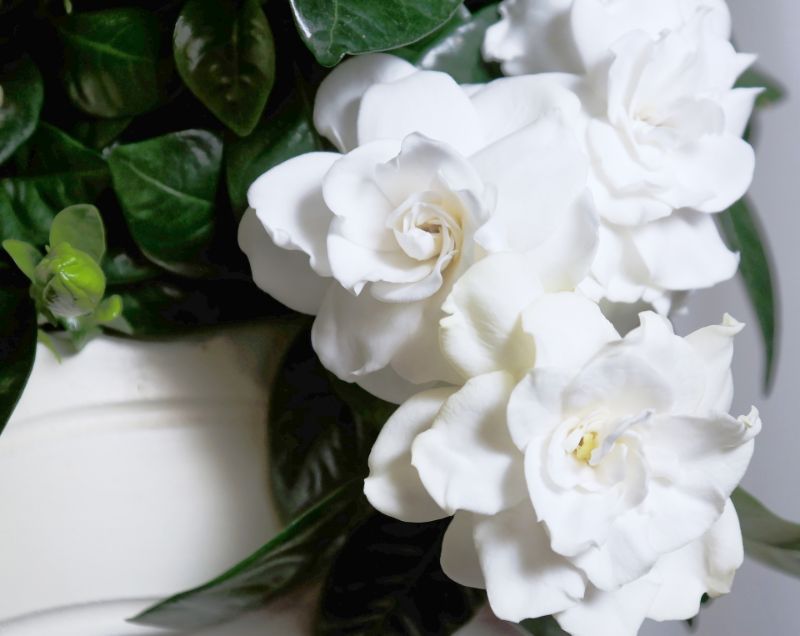
Gardenia is a fragrant, evergreen shrub that can be grown indoors in full sun. It produces white, star-shaped flowers with yellow centers from mid-spring to late summer. While it prefers a sunny spot, it can adapt to slightly shadier areas, as long as it gets at least six hours of sunlight a day. Gardenia prefers a moist, well-draining soil, and it’s important to keep the soil moist but not soggy. Fertilize regularly and prune in early spring to maintain a compact size.
Jasmine
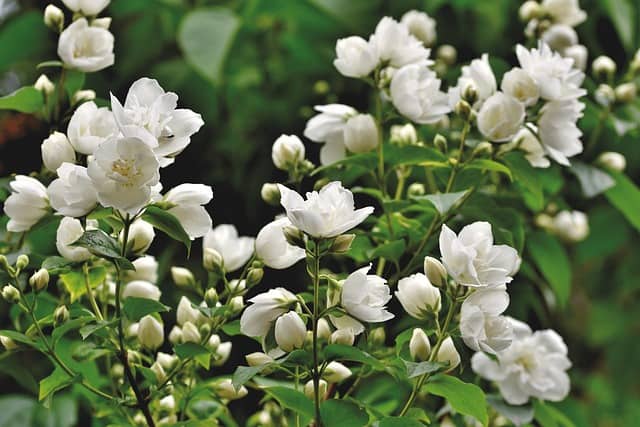
Jasmine is a popular choice for those looking for an indoor flowering plant that can thrive in full sun. This plant offers a variety of benefits, from its fragrant flowers to its low-maintenance needs. Jasmine is a great choice for beginners, as it is relatively easy to care for and can be grown in most climates. With its sweet, perfumed fragrance, Jasmine is a great way to add a touch of beauty and scent to any room. To ensure that your Jasmine is getting enough sunlight, be sure to place it in a south- or west-facing window. Additionally, be sure to water it regularly and keep the soil lightly moist. If you provide the right amount of sunlight and water, your Jasmine will bloom in the springtime with fragrant flowers.
Bromeliad
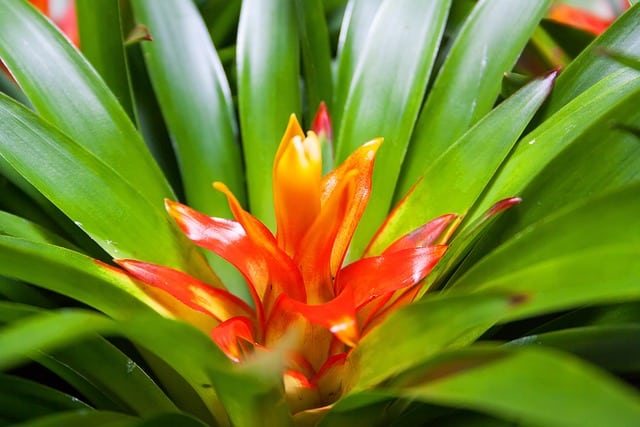
Bromeliad is a stunning indoor flowering plant that requires full sun to thrive. These plants are a great choice for those looking for a low-maintenance houseplant, as they require minimal care and attention. Bromeliads prefer bright light and need to be placed in a south- or west-facing window to get the most sun. When watering, be sure to keep the soil lightly moist but not soaking wet. Bromeliads are an excellent choice for those looking for a unique and eye-catching addition to their home or office. With their bright, colorful leaves and unique shapes, these plants are sure to draw attention.
Chenille Plant
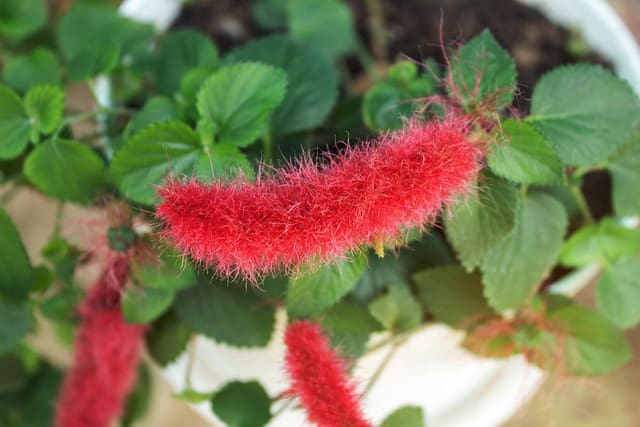
Chenille Plant is a unique and beautiful flowering plant that can thrive in full sun. This plant is relatively easy to care for and can be grown in most climates. When it comes to sunlight, be sure to place it in a south- or west-facing window to get the most sun.
Growing Christmas Cactus in Full Sun
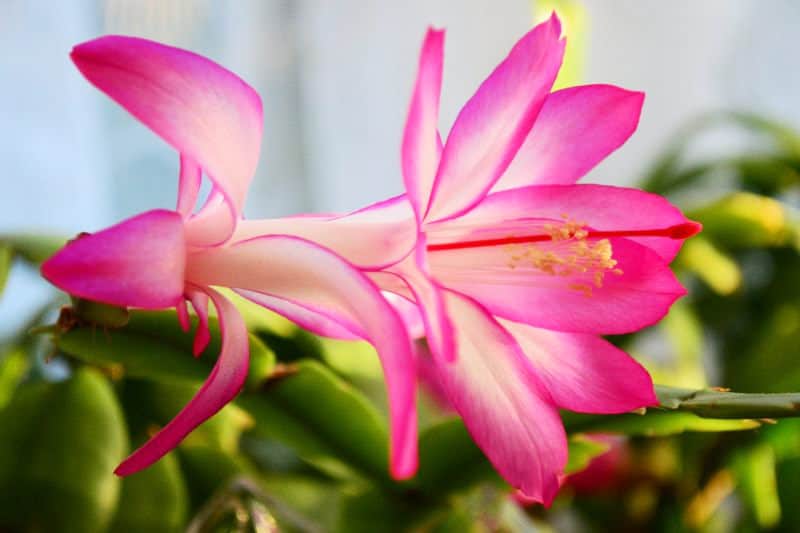
Christmas cactus is a popular indoor flowering plant that can thrive in full sun. Plant your Christmas cactus in a pot with well-draining soil and place it in a sunny spot. Make sure to water it regularly and fertilize it every two weeks. Christmas cactus prefers a humid environment, so mist it a few times a week and consider placing a humidifier near the plant. With enough sunlight and proper care, your Christmas cactus will produce beautiful pink, white, or purple blooms in the wintertime.
Kalanchoe for Sunny Windowsills
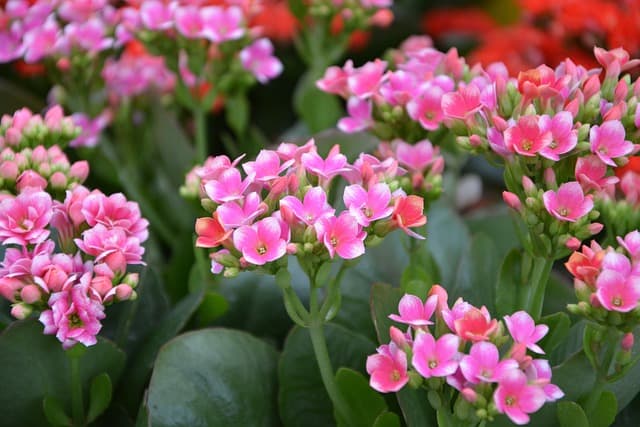
Kalanchoe is an easy-to-care-for succulent that can thrive in full sun. Place a pot of Kalanchoe in a bright, sunny spot near a window and water it every week. Make sure the soil is well-draining and avoid overwatering, as too much water can lead to root rot. To encourage blooming, place the plant in a sunny spot and fertilize it with a balanced fertilizer every two weeks. Kalanchoe blooms are small, but they come in a variety of colors, making them a beautiful addition to any sunny windowsill.
Calathea in Bright, Indirect Sunlight
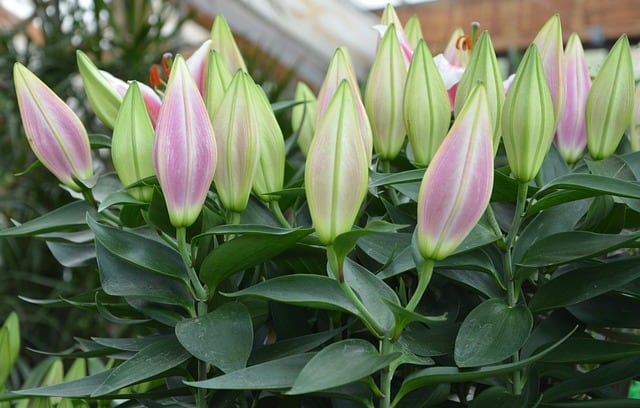
Calathea is an attractive flowering plant that needs bright, indirect sunlight to thrive. Place your Calathea in an area that receives plenty of light, but make sure it isn’t in direct sunlight, as this can cause leaf burn. Water your Calathea regularly and fertilize it once a month with an all-purpose fertilizer. Calathea’s lush foliage and vibrant flowers make it a great addition to any sunny indoor space.
Anthurium
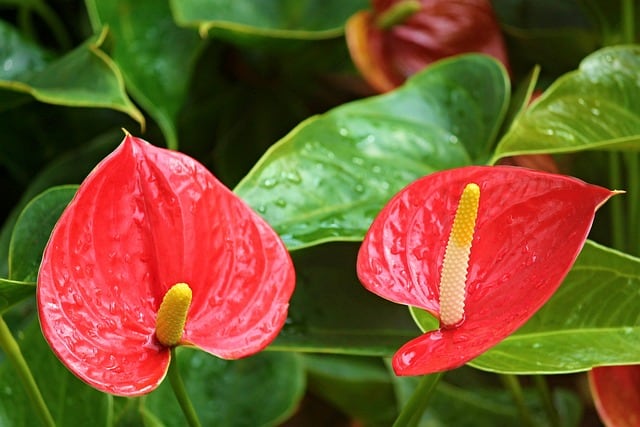
Anthurium is a stunning and exotic indoor flowering plant that thrives in full sun. It produces bright, vibrant flowers in shades of pink, red, and white. This plant is relatively easy to care for and requires regular watering and fertilizing to keep the soil moist. Additionally, Anthuriums prefer temperatures between 60 and 80 degrees Fahrenheit for optimal growth and flowering.
Amaryllis
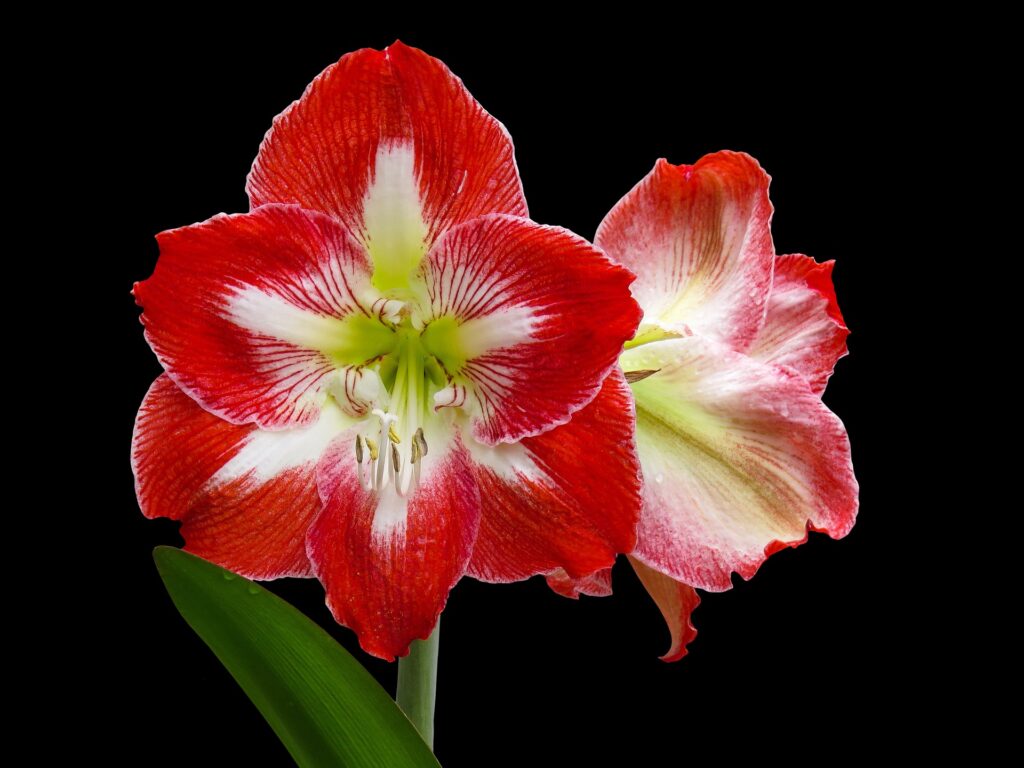
Amaryllis is a stunning and showy indoor flowering plant that loves full sun. Its large, trumpet-shaped blooms come in shades of red, pink, and white, adding a splash of color to any room. Amaryllis prefers warm temperatures and needs to be watered regularly to keep the soil moist. Additionally, it should be fertilized every two weeks to help promote healthy growth and flowering.
Hoya carnosa
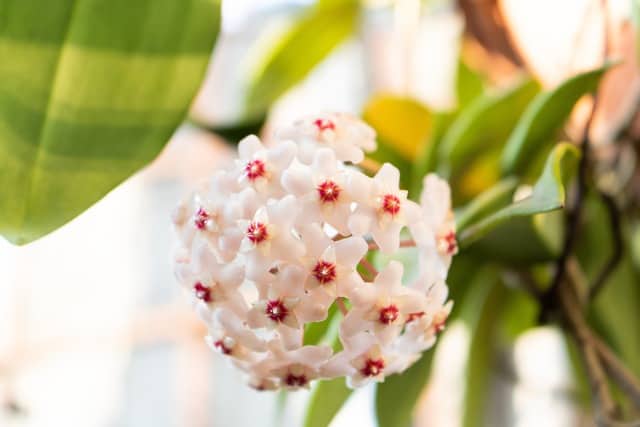
Hoya carnosa is a stunning and unique indoor flowering plant that loves full sun. This plant produces clusters of fragrant, star-shaped blooms in shades of pink and white, adding a unique touch to any room. Hoya carnosas thrive in temperatures between 65 and 75 degrees Fahrenheit and require regular watering and fertilizing to keep the soil moist. Additionally, this plant should be pruned regularly to encourage healthy growth and flowering.
Streptocarpus: A Low Maintenance Flowering Plant for Full Sun

Streptocarpus is a genus of flowering plants native to Africa. This genus of plants is known for its low maintenance care needs, making it a great choice for those looking for a flowering plant that can tolerate full sun. Streptocarpus has many different varieties available, making it a versatile and easy-to-find plant. It is also known for its long-lasting blooms, with some varieties flowering for up to 8 months out of the year. When caring for Streptocarpus, make sure to provide it with well-draining soil and keep it in an area of your home that gets plenty of bright, direct sunlight. Water the plant regularly and provide it with a balanced fertilizer during its growing season.
Phalaenopsis: A Tropical Flowering Plant for Full Sun
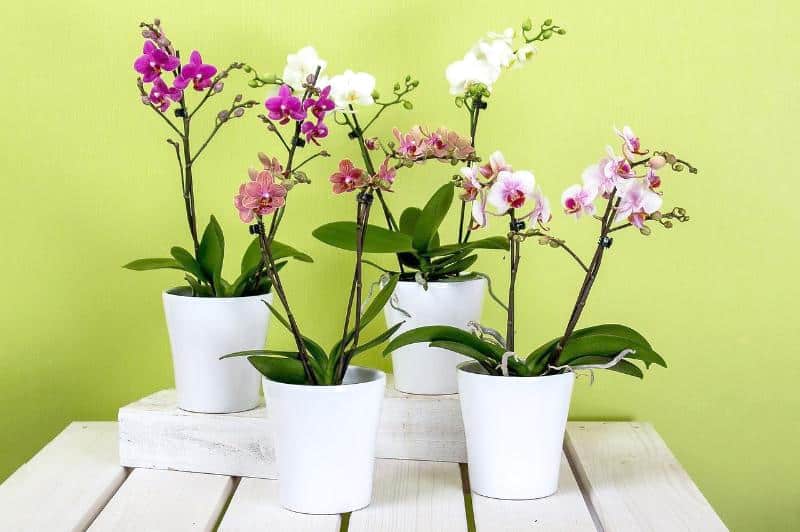
Phalaenopsis is a genus of tropical flowering plants native to Southeast Asia. This genus of plants is known for its stunning blooms, with many varieties producing stunningly fragrant flowers. While Phalaenopsis prefers bright, indirect light, some varieties can tolerate full sun as long as they are given plenty of water to keep their soil moist. When caring for Phalaenopsis, make sure to keep it in an area that gets plenty of bright, direct sunlight and water regularly to keep the soil moist. It is also important to provide Phalaenopsis with a balanced fertilizer during the growing season for optimal health.
Aeschynanthus: A Versatile Flowering Plant for Full Sun
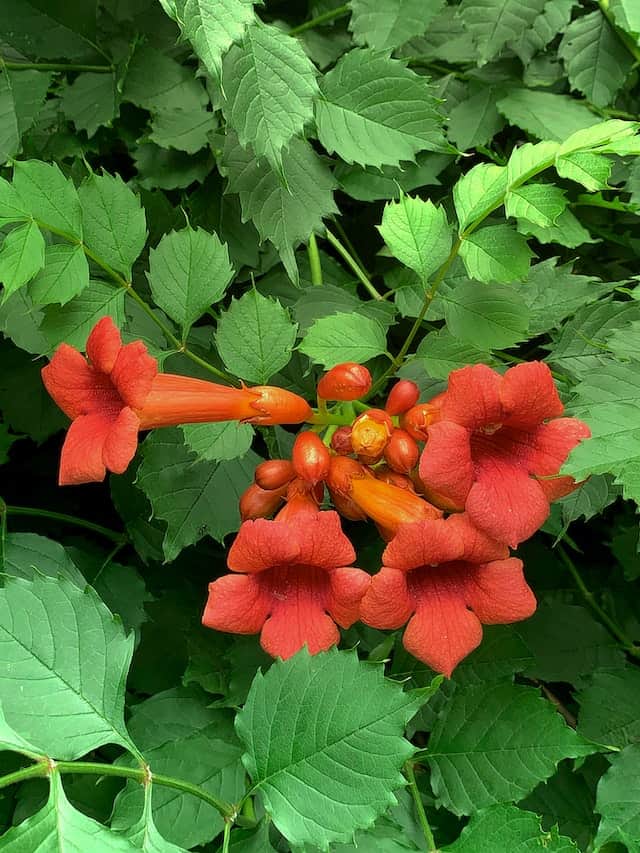
Aeschynanthus is a genus of flowering plants native to Southeast Asia. This genus of plants is known for its versatility and its tolerance of full sun.
Meyer Lemon (Citrus × meyeri)
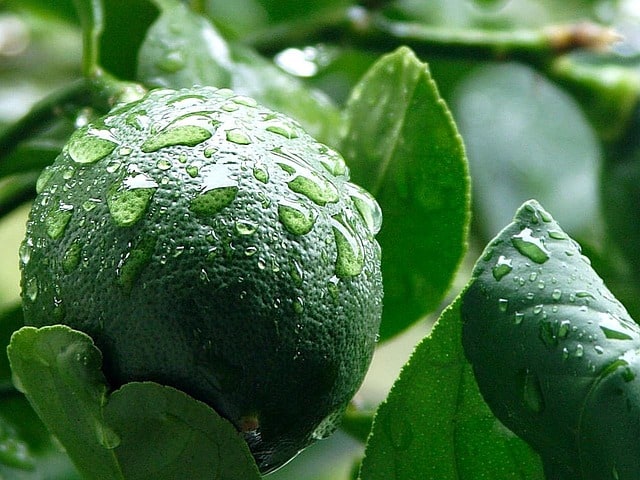
The Meyer lemon is an evergreen shrub that produces fragrant, yellow fruits with a unique sweet-tart flavor. It is a great choice for those who want a splash of color in the home. Meyer lemons will thrive in full sun, but they need to be protected from direct afternoon sun to avoid sunburn. When it comes to watering, they should be watered deeply and allowed to dry out between waterings.


